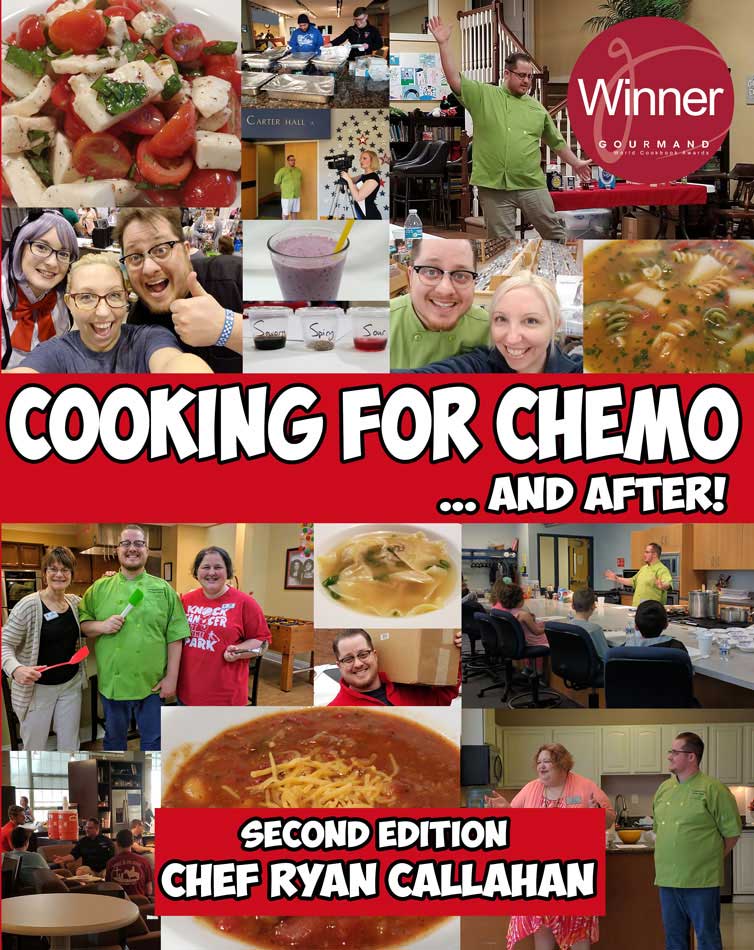Corned beef and colcannon is a traditional meal eaten in honor of St. Patrick’s Day. This salty, savory dish is highlighted by its use of salted beef, boiled in a pot until tender. While it may be strange for the uninitiated no American-Irish St. Patrick’s Day would be complete without it. Tasting Guidelines: Taste of corned beef and colcannon is salty and savory. Taste of horseradish sauce is spicy. Weight is medium. Texture is soft. Best categorized as American.
Corned Beef and Colcannon Recipe
Equipment
- Cutting board
- Chef's knife
- large stock pot
Ingredients
Ingredients
- 3 lbs. corned beef Brisket or Round
- 5 lbs. red potatoes quartered
- 2 lbs. baby carrots
- 1 large green cabbage
- 2 c. sour cream
- 3 tbsp. raw grated horseradish
- 4 tbsp. butter
Flavor Balancers
- Kosher salt to taste
- black pepper to taste
Instructions
Corned Beef
- This recipe requires a very large stock pot, at least three gallons. Open corned beef package and place corned beef into pot. Add seasoning packet to pot. Fill pot with enough hot water to cover corned beef in at least three inches of water. Bring to a boil and allow to cook at least two hours. At the two hour mark, add potatoes and carrots. Allow to boil 45 more minutes before adding cabbage. Allow to boil 30 minutes or until cabbage is fork tender.
- Remove pot from heat and remove corned beef from pot. Place corned beef on a cutting board and allow to rest 30 minutes. Drain water from vegetables in pot and place to side to use in Colcannon recipe.
- Using a sharp knife, slice beef thinly against the grain. Serve with horseradish and Colcannon.
Colcannon
- After corned beef has been removed from large pot and water has been drained, add 1 cup sour cream and butter to remaining vegetable mixture. Mash potatoes, carrots, and cabbage until homogeneous. Add salt and pepper as desired.
Horseradish Sauce
- Mix 1 cup of sour cream with 3 tbsp. raw grated horseradish. Mix thoroughly and allow to rest 30 minutes before serving.
Notes
Cooking for Chemo focuses on teaching you how to make your food taste good again during cancer and chemotherapy treatments. The flavor and cooking techniques contained within our easy to make recipes will help improve your quality of life as you go through cancer and chemotherapy treatments. Our cooking and flavor techniques can be integrated with any diet regimen. Talk with your dietitian to come up with a quality nutrition plan. This site is not to be taken as or used instead of professional medical advice. Please consult your doctor, oncologist, and dietitian before starting any new diet.
For more cooking for chemotherapy recipes like this, you can pick up a copy of Cooking for Chemo …and After! by Chef Ryan Callahan on Amazon. Have specific questions? Email us at [email protected]
If you haven't noticed, this website is full of helpful free information and articles! We are more than just a recipe website.
We recommend that you start with our page on Cooking Tips for Cancer Fighters. That's the hub where all of our most useful information is stored. Including information on how to combat mouth sores, nausea, loss of appetite and metallic tastes!
You can also sign-up for a FREE digital class that fits your schedule HERE.
Don't forget to drop a bookmark on CookingForChemo.org

